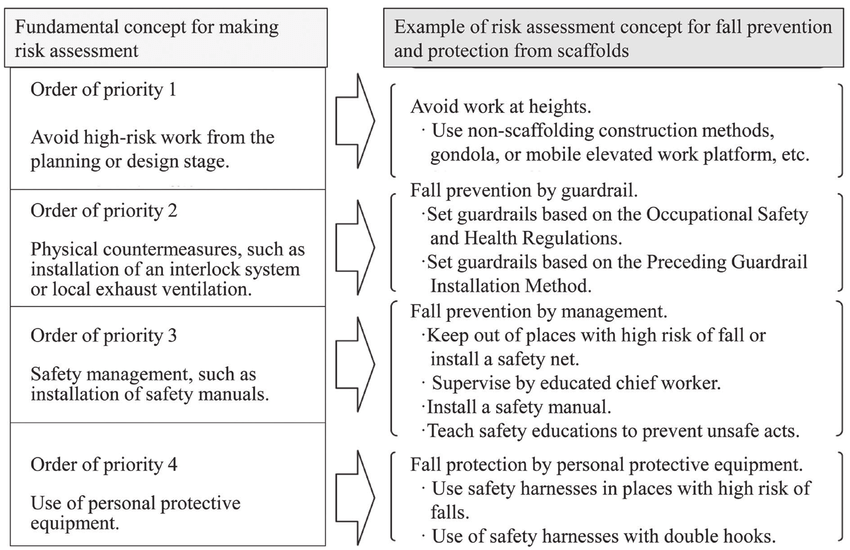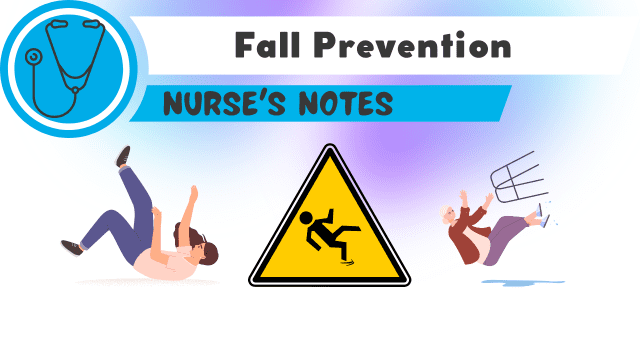Dementia Fall Risk Things To Know Before You Buy
Table of ContentsGetting The Dementia Fall Risk To WorkFacts About Dementia Fall Risk UncoveredGetting The Dementia Fall Risk To WorkA Biased View of Dementia Fall Risk
A loss threat assessment checks to see exactly how most likely it is that you will certainly drop. The analysis generally consists of: This consists of a collection of questions about your general health and wellness and if you have actually had previous drops or troubles with equilibrium, standing, and/or strolling.STEADI includes screening, examining, and intervention. Interventions are suggestions that might decrease your threat of dropping. STEADI consists of 3 steps: you for your danger of dropping for your danger aspects that can be enhanced to try to stop falls (as an example, balance problems, damaged vision) to minimize your risk of dropping by using efficient techniques (for instance, giving education and learning and sources), you may be asked several questions including: Have you dropped in the previous year? Do you feel unstable when standing or strolling? Are you bothered with falling?, your service provider will check your strength, equilibrium, and stride, using the following loss analysis tools: This examination checks your gait.
If it takes you 12 secs or even more, it may indicate you are at greater danger for a loss. This test checks toughness and balance.
Move one foot midway forward, so the instep is touching the big toe of your various other foot. Move one foot fully in front of the various other, so the toes are touching the heel of your various other foot.
Dementia Fall Risk Things To Know Before You Buy
Most drops happen as an outcome of several adding aspects; as a result, managing the danger of falling starts with determining the aspects that add to fall threat - Dementia Fall Risk. A few of one of the most relevant risk factors include: History of previous fallsChronic medical conditionsAcute illnessImpaired stride and equilibrium, reduced extremity weaknessCognitive impairmentChanges in visionCertain high-risk medicines and polypharmacyEnvironmental factors can additionally increase the threat for drops, consisting of: Poor lightingUneven or harmed flooringWet or unsafe floorsMissing or harmed handrails and grab barsDamaged or incorrectly equipped tools, such as beds, mobility devices, or walkersImproper use of assistive devicesInadequate guidance of the individuals residing in the NF, including those who show aggressive behaviorsA successful loss risk administration program requires a detailed professional analysis, with input from all members of the interdisciplinary team

The treatment strategy must additionally include interventions that are system-based, such as those that advertise a risk-free environment (suitable lights, hand rails, grab bars, etc). The performance of the treatments must be reviewed occasionally, and the care plan revised as necessary to show modifications in the autumn risk assessment. Applying an autumn risk administration system using evidence-based ideal practice can reduce the prevalence of falls in the NF, while restricting the potential for fall-related injuries.
What Does Dementia Fall Risk Mean?
The AGS/BGS guideline recommends screening all grownups aged 65 years and older for fall threat yearly. This screening consists of asking patients whether they have dropped 2 or even more times in the past year or looked for medical interest for an autumn, or, if they have not fallen, whether they really feel unsteady when walking.
Individuals who have fallen as soon as without injury should have their equilibrium and stride assessed; those with stride or balance problems ought to obtain added evaluation. A background of 1 autumn without injury and without gait or balance issues does not warrant more assessment beyond continued annual loss risk testing. Dementia Fall Risk. A loss risk assessment is called for as component of the Welcome to Medicare examination

Top Guidelines Of Dementia Fall Risk
Documenting a drops background is one of the quality indicators for loss avoidance and administration. copyright drugs in particular are independent predictors of falls.
Postural hypotension can frequently be eased by reducing the dosage of blood pressurelowering medicines and/or stopping medicines that have orthostatic here are the findings hypotension as a negative effects. Usage of above-the-knee support hose pipe and copulating the head of the bed raised might additionally reduce postural reductions in blood pressure. The advisable components of a fall-focused physical exam are displayed in Box 1.

A yank time better than or equivalent to 12 seconds suggests high loss danger. The 30-Second Chair Stand examination examines lower extremity toughness and balance. Being not able to stand from a chair of knee elevation without using one's arms suggests enhanced fall threat. The 4-Stage Equilibrium test assesses fixed balance by having the patient stand in 4 placements, each gradually much more tough.